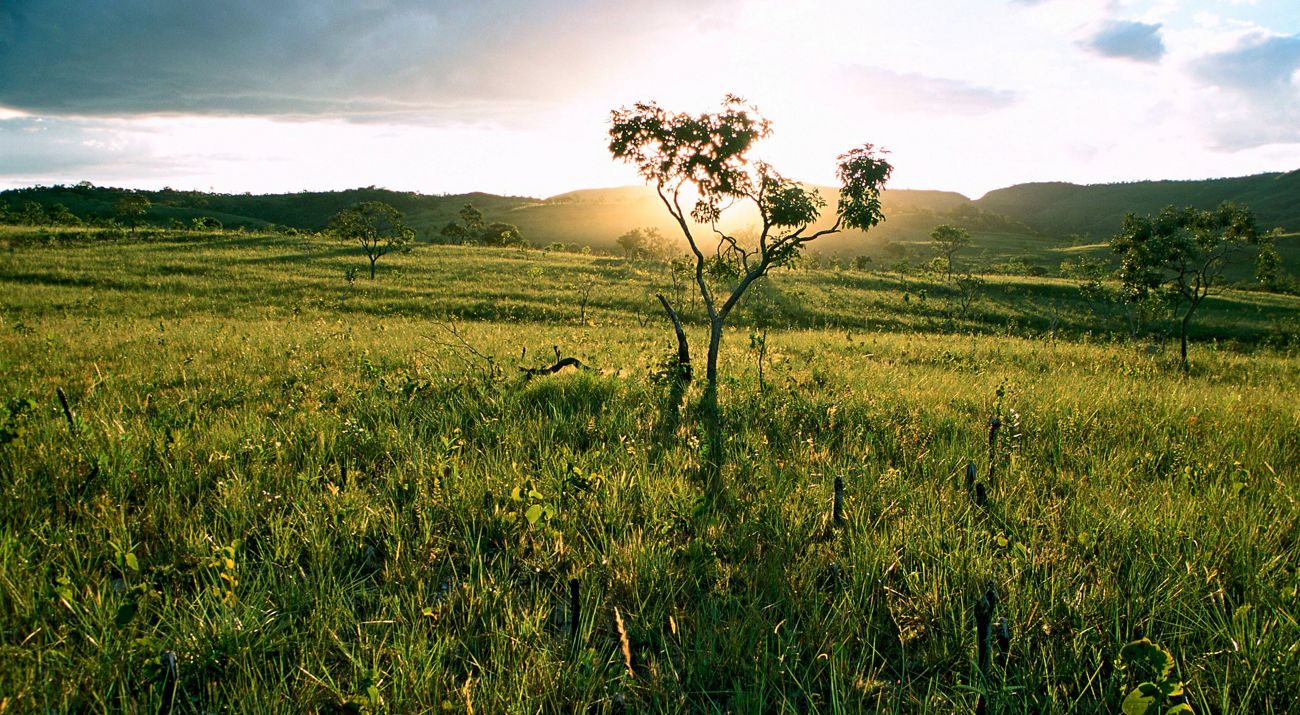Description
The Cerrado is the world’s most biologically rich savanna. It has over 10,000 species of plants, of which 45% are exclusive to the Cerrado, and it stretches across nearly 500 million acres of Brazil — an area nearly three times the size of Texas. The Cerrado also feeds three of the major water basins in South America: the Amazon, Paraguay and São Francisco Rivers.
The Conservancy’s work in the region focuses on landscape conservation planning, biodiversity and ecological processes within agricultural lands. Activities include the allocation of private land set-asides for biodiversity corridors, satellite mapping technology and the promotion of best agricultural management practices.
Location: Located in Brazil’s central high plains region, the Cerrado covers approximately 23 percent of Brazil’s surface area.
Major Habitat Type: Tropical Grassland Savanna
Animals: The Cerrado is home to 935 species of birds and nearly 300 mammals, including such endangered species as:
· Cerrado fox
· Giant anteater
· Jaguar
· Maned wolf
· Marsh and pampas deer
Plants: Scientists estimate that the Cerrado harbors as many as 10,000 species of vascular plants. More than 400 tree and shrub species are unique to the region.
Why the Conservancy Works Here
The Cerrado is one of the most unprotected savannas in the world with less than 2% of its region protected in national parks and conservation areas.
The 1960s marked the beginning of the expansion of large-scale agriculture across the Cerrado. Although it is one of the largest producers of soy beans in the world, the price biodiversity is paying for it is too high.
The Conservancy’s challenge is to help and support the implementation, monitoring and evaluation of projects that can help protect millions of acres in order to protect a viable sample of Cerrado biodiversity across the region.
What the Conservancy Is Doing
The Conservancy has been working on a new initiative in partnership with local NGOs, farmers, agribusiness companies and governmental institutions. This pioneering project has combined sustainable ranching and farming with protection of land set-asides in areas surrounding Emas National Park in the southwestern Cerrado. In addition to the protection of natural habitats, the results of the project have shown a clear improvement in the quality of soil and water and increased profitability.
